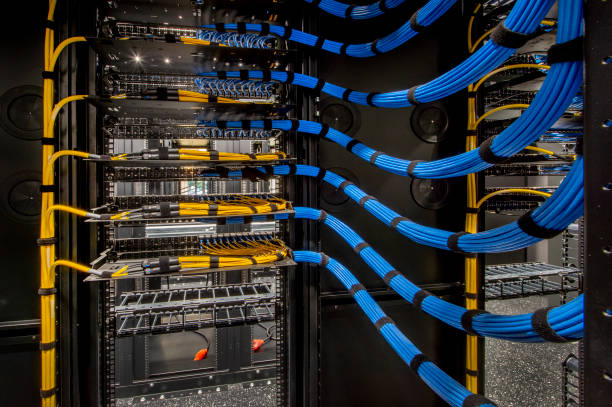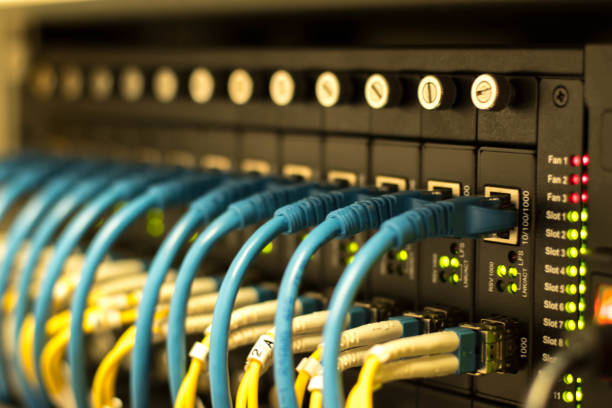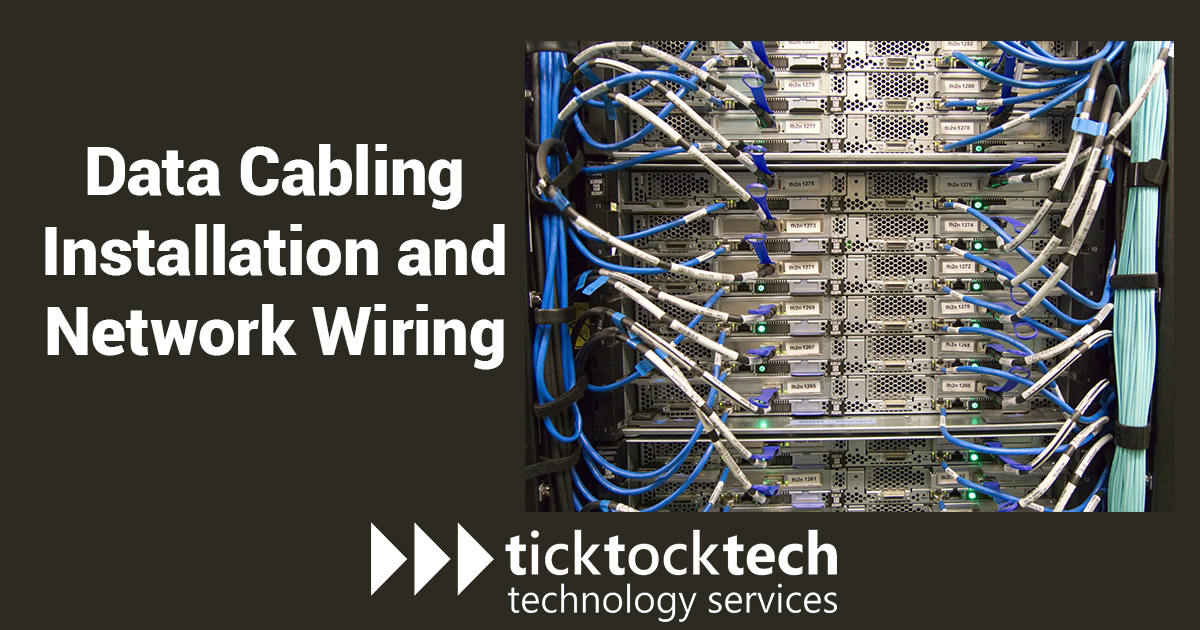Internet access is one of the most important technological improvements in human history. Our computer and mobile devices connect both in a wired or wireless way via transmissions between the device and satellites, data cabling, network servers or station antenna. In an information system, computer networking is typically the technique of transmitting and sharing data between nodes through a common media. The mobile phone of the user communicates through waves. Done with the appropriate party on the fixed network or via other base stations. These stations are connected to the operator’s computer-based central exchange.
Basic Internet and Data Network
Data networks use data switching, transmission lines, and system controls to move data from one network access point to another or many network access points. Circuit switches leased lines, and packet switching networks. These are only a few examples of the communication technologies that make up data networks. Computers communicate data across the Internet. Done by breaking it up into little units called “packets” and sending them to the other device.
The internet could be transmitted from your phone to any network wirelessly (with a router source), by wired or cable connections (Ethernets), or by the usage of a sim card (with a mast or station antenna source). Both of the sources are implemented by wired connection or networking in your vicinity. There are general and personal sources, the general sources with examples like ZTE, Verizon, spectrum mobile, etc. The personal sources are your wifi router/hotspot or cable installations and yes, tesla’s Starlink.
What Data Cable Installations and Network Wiring Entails.
Data cabling is typically employed in organizations with extensive systems networks or computer connections. There are places like IT businesses, cybercafés, workplaces with several computers running, and some are even for families. Conditions, mode of operation, types of loads served, and maintenance capabilities are some of the important elements to consider while choosing a data cable installation.

These locations do feature server rooms that have been professionally established. These rooms will have many wired connections that can send data straight from a network source. There are three primary categories of data cables from which to pick depending on your needs.
Twisted pair Cables
hich is mostly used in telecommunications and employs two twisted copper cores. The goal of twisting it is to reduce any wave signal deterioration. While the other serves as a grounding wire, one of the twisted cores is used to transport information. Data may be sent across 100 meters using twisted-pair cat 6 cables without any signal degradation.
Coaxial Cables
Since coaxial cables have enormous bandwidths and can transport high-frequency signals, they are most frequently utilized in the infrastructures and IT industries. They have an insulator around a solid wire at their core.This serves as a conductor, and an outside conductor is utilized to build a working circuit. Because they can transmit a lot of data, these cables are frequently employed in digital telephone networks.
Fibre Optic Cables
These are the newest and most sophisticated type of cabling. They are made up of an inner core and exterior cladding, and they transfer data via light beams. The cables are thin and light, and they can send data at a top speed of up to 10Gb/sec across up to a 10km lengths. They are typically utilized in local area networks for internet, cable TV, and telecommunications (like in ethernets).
Is a common Ethernet the same as a data cable? The issue is only one of nomenclature as “ethernet” denotes a local area network rather than a particular wire. The term “ethernet cable” can theoretically apply to any data cable utilized in such a network.

Best Data Cabling Method
The organized data cabling method is used to install the data cable. A technique for creating an infrastructure with patch panels and trunks that allows subsystems to be configured to accommodate various hardware needs. They facilitate future growth since they are scalable. Any of the three types of cable can be included in these cabling systems.
As the insulation of the cable must be able to endure voltage stress brought on by both typical and atypical operating circumstances. You can get a professional for data cabling and network server setup and you can maintenance yourself if it involves small wiring. Though the operation’s suitability also relies on your location. Neglecting voltage control and short circuits can put people and property in danger and lead to cable damage.

